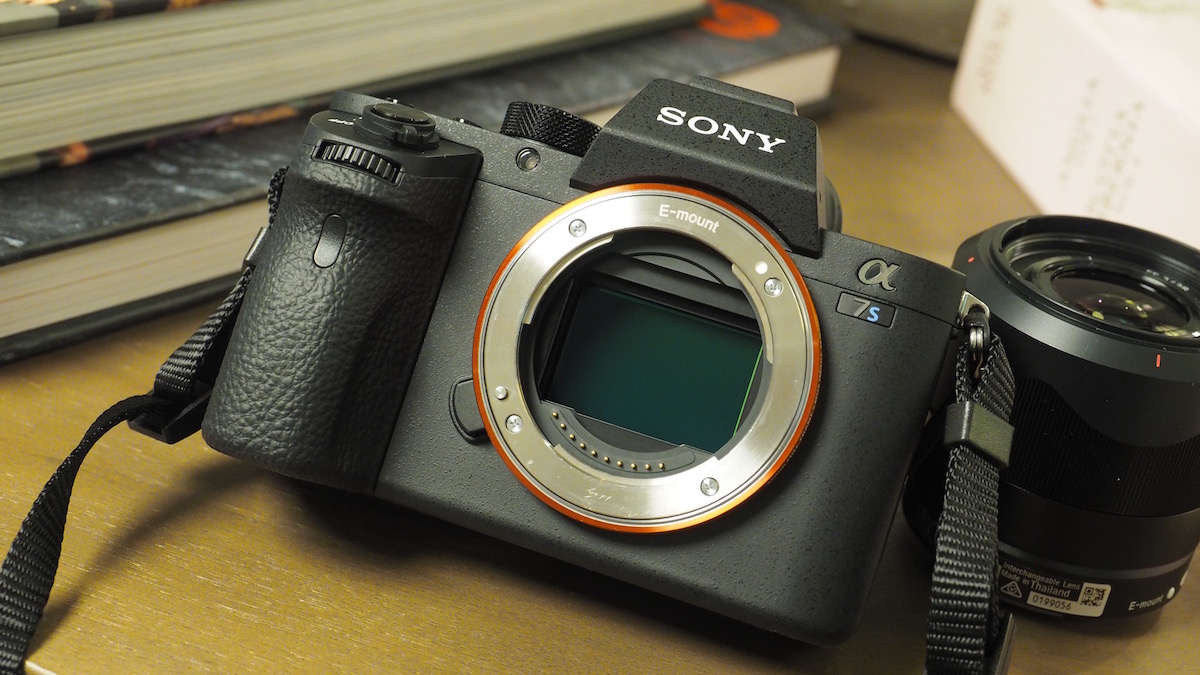

Focal lengthĪ crop factor has a predictable affect on your lens’s focal length. Use a Micro Four Thirds camera, and you’ll get an even tighter result (the right image). But apply the APS-C crop factor, and you get a tighter shot (the center image). The image on the left was taken with a full-frame camera. Right: Photo taken with a Micro Four Thirds camera. Center: Photo taken with a crop-sensor camera. Left: Photo taken with a full-frame camera. The Micro Four Thirds crop factor is even stronger: 2x.Īs I explained above, the crop factor affects your field of view. An APS-C sensor (also known as a crop sensor), has a crop factor of 1.5x (on Nikon and Sony cameras) or 1.6x (on Canon cameras). A full-frame camera is the standard it has no crop factor. It refers to the different crop effects created by different sensor sizes. You’ll get a tighter shot, one that looks like it was taken with a longer lens.)Īnd that is what the term crop factormeans. The effect is similar to taking a photo with a 50mm lens, then heading home and cropping the image on your computer.

Since an APS-C sensor is smaller than the full-frame sensor, the sensor crops the frame, giving you a result that looks zoomed in – as if you took the photo with a 75mm lens rather than a 50mm lens. Simple.īut what if you mount a 50mm lens on an APS-C camera? Will it capture a 50mm image? Makes sense, right? A 50mm lens captures a 50mm image. When you press the shutter button, it captures a 50mm image. Say you mount a 50mm lens on a full-frame camera. So let’s take a look at the factors affected by sensor size, starting with: Crop factor Now, apart from the physical sizes, there are several important differences between full-frame, APS-C, and Micro Four Thirds sensors.


 0 kommentar(er)
0 kommentar(er)
